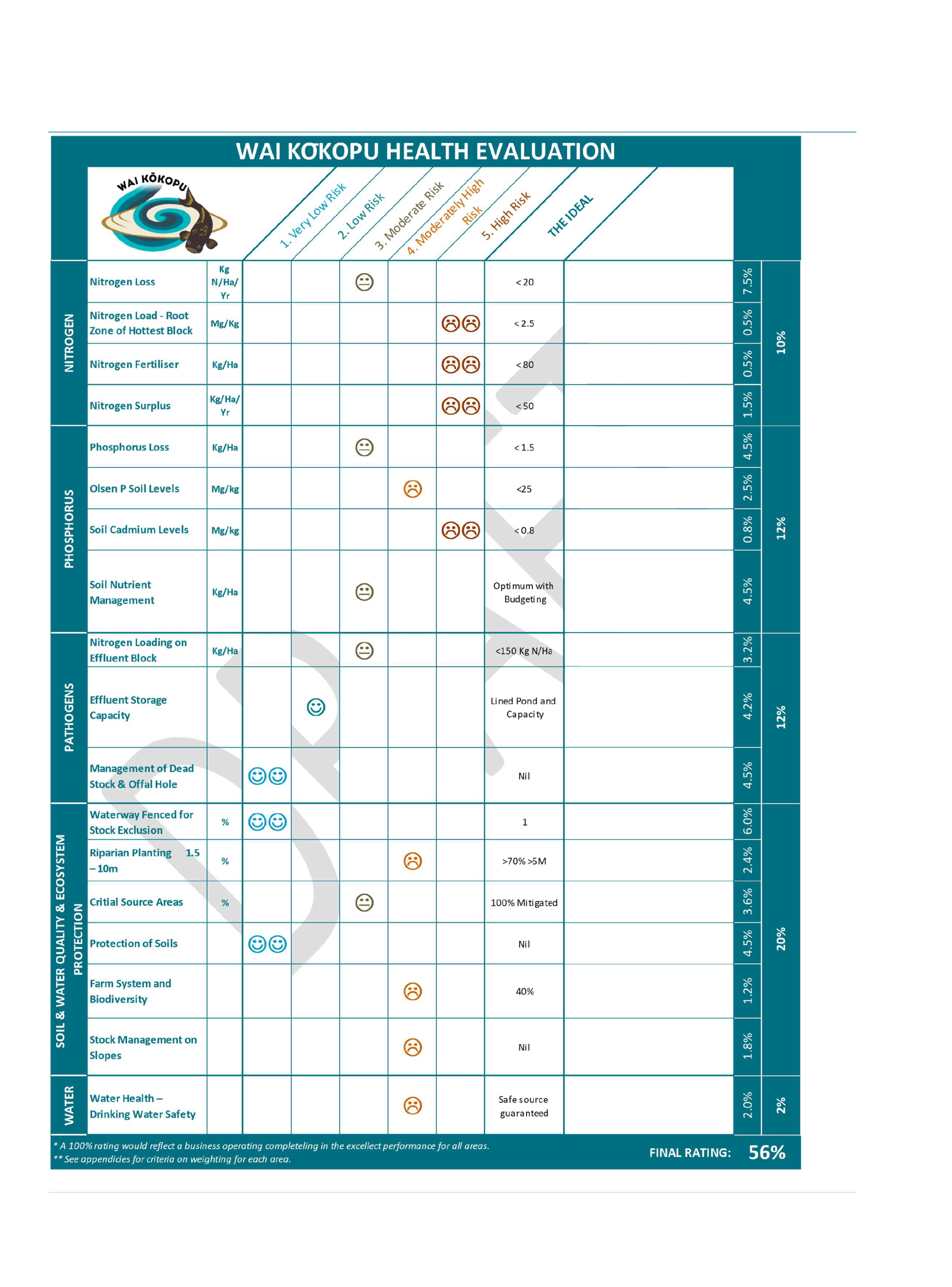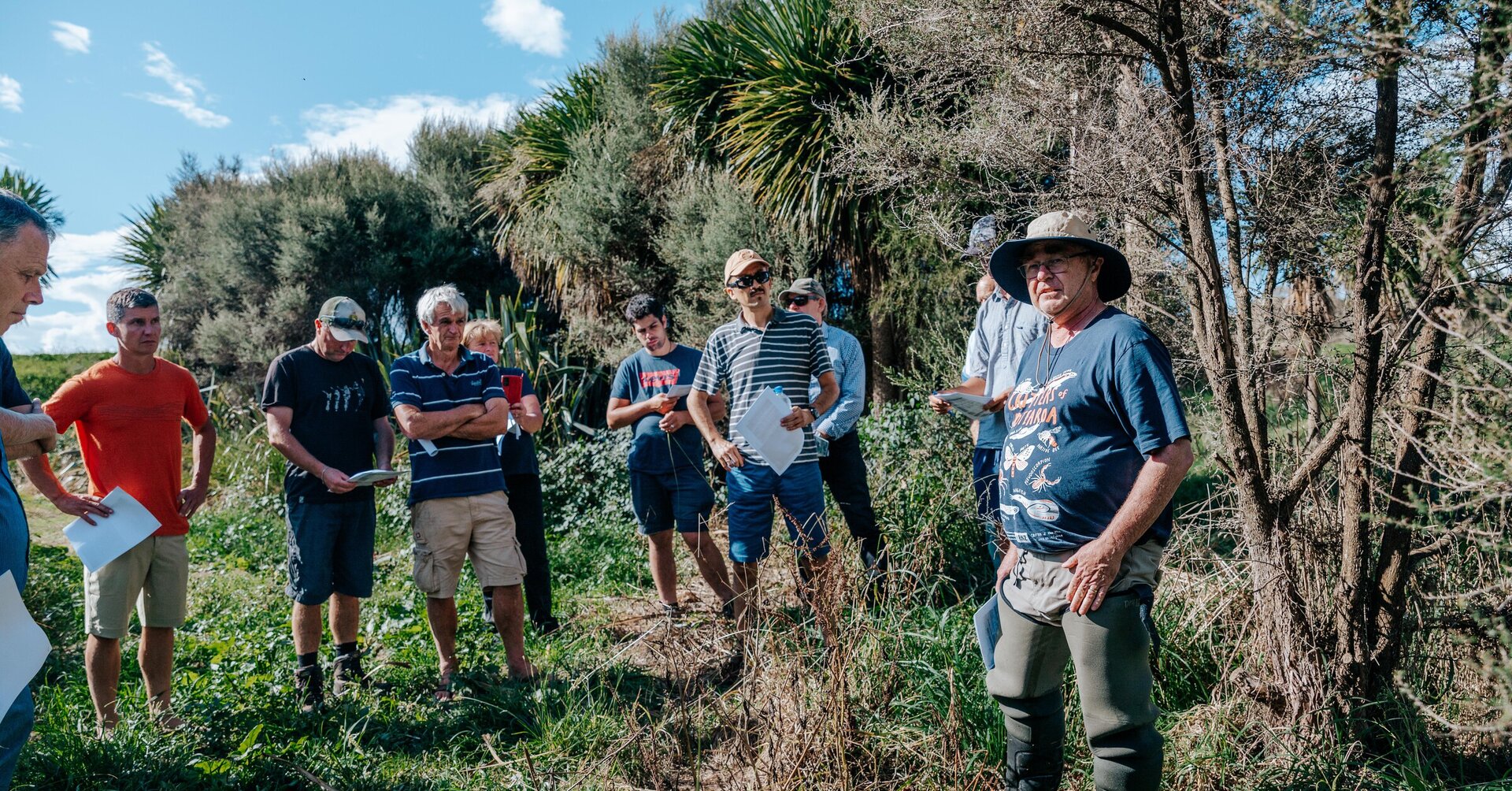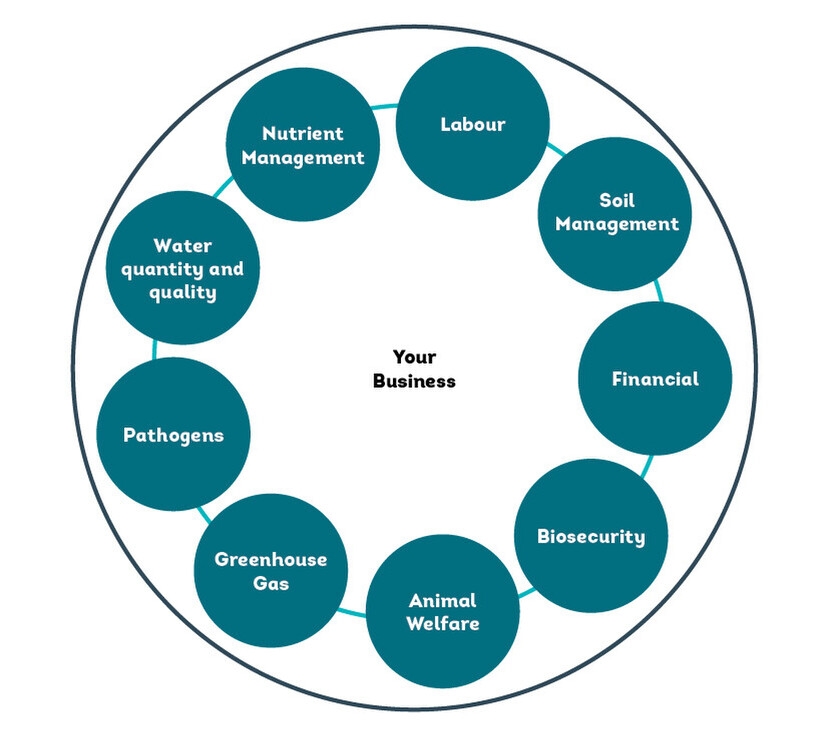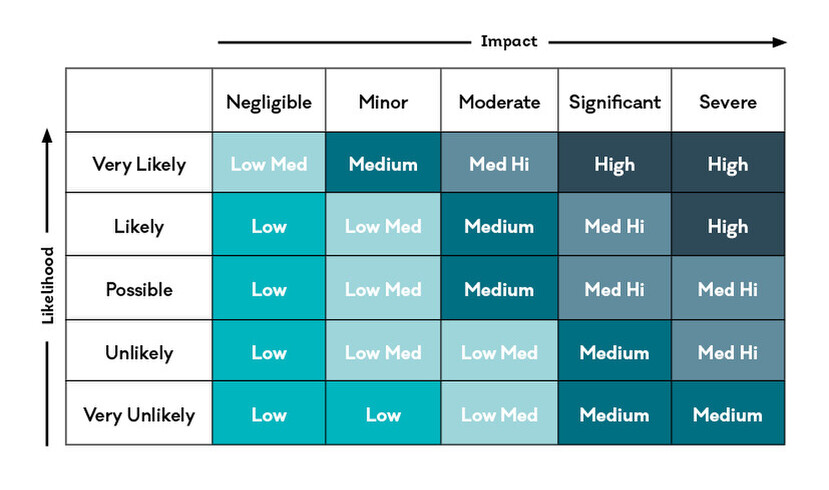How to create a resilient business in today’s world
Contributor: Sally Lee, Wai Kōkopu Technical Advisor
Farmers and growers are currently faced with a barrage of requirements and uncertainty, not to mention changes in climatic events and other external pressures. This leads to a greater need for our businesses to be more resilient than ever. But what does that mean?
Becoming resilient means businesses have the capacity to recover quickly or adapt successfully when faced with difficulties and changes, and respond effectively to sudden events and/or requirements. By planning ahead, businesses can counter adversity and reduce their risk.
As we head into an environment where we are required to lighten our footprint, there are many things to be aware of. As well as understanding the strengths and weaknesses of your business’s resources, ask yourself how your business copes with stressors or changes in any of these attributes (Figure 1). You may even want to break some of these attributes down to the next level; for example, nutrient management may look individually at nitrogen and phosphorus. The below information helps develop a risk profile.
An example of a risk matrix is shown below. As you work through your risk matrix, priority should be given to tasks that would move those activities or attributes away from ‘high’.
Wai Kōkopu, have developed a ‘scorecard’ to evaluate risk against nitrogen, phosphorus, pathogens, soil quality and restoration and water. Landowners are ranked on a five-point scale against a number of factors and given a total score out of 100%. This document gives a visual appreciation of where the land and business sit, and encourages landowners to shift attributes from high to low risk. Some changes will need to be developed over a longer timeframe, so starting the process - no matter how small - is an integral part. These changes are reviewed yearly and the scorecard is updated accordingly.

With ‘One Health’ in mind, our businesses should create win-win strategies for humans, animals and the environment, whilst managing risk. Examples of this include:
- Reducing stocking rate but maintaining milk production at 90-100% of body weight, through either feed or genetics. More efficient and healthier animals often lead to a reduction in animal health costs. Focus on culling the poor performers in the first instance.
- Evaluating OAD milking, which leads to less need for intensive winter grazing (IWG) or feeding out. This means less risk of bare soil and loss of sediment via overland flow, and happier staff, who are easier to retain.
- Providing strategic riparian planting for water quality benefits by capturing overland flow and in-stream habitat, whilst also providing shade and shelter for animals.
- Reviewing nitrogen fertiliser use; applying only an amount a plant can utilise and avoiding winter applications (from May-August). This leads to cost savings that can be diverted elsewhere, or improve the bottom line.
- Creating good soil balance can support more diverse swards that are more resilient to changing climatic conditions and meet the dietary needs of stock.
- Retiring erosion-prone areas reduces or eliminates the loss of sediment and phosphorus. This also provides opportunities for carbon farming (financial windfall) or reducing your GHG emissions.
Any system change requires planning and advice before implementation.
Being ahead of any adversity will reduce risk and, ultimately, any pressures, enabling your business to be more resilient.





